Born in 1520 in Badajoz, Extremadura, Luis de Morales was a highly influential Spanish painter. Known as “El Divino” due to the spiritual subject matter of his emotional paintings, he died in 1586, leaving behind a unique legacy that is extensively representative of life and culture during his time period.
Related article: Famous Catalan Artists
Table of Contents
His life
Although he spent most of his life in Badajoz, where he produced all of his work, his training and education saw him travel to Seville, Portugal (which was right by his hometown) and Milan. At the age of 30, he married Eleanor of Chaves, a member of the local Bourgeoisie, with whom he raised three girls and two boys.
This is pretty much all that is known about the private life of Luis de Morales – like any true artist, his mark in history was instead made by what his imagination and talent were able to produce.
His works
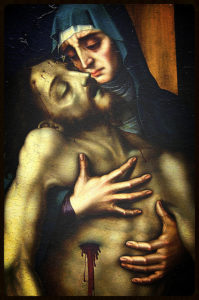


Photo by Vasnic64 via Visualhunt
Recognized as Spain’s greatest mannerist painter, Morales produced mostly small pictures that summoned inspiration from religious motifs. While the influence of Leonardo da Vinci seems to be most evident in his work, critics have also detected stylistic patterns that seem to borrow from the Netherlandish school.
His distinctive style is marked by cold colours, precise technique and an emotional intensity that was unmatched by any of his contemporaries. Gifted with an ability to portray sentiment, Morales created works that easily tugged at the viewers’ heartstrings. One of the “tricks” used by the painter to enhance this emotional response was the often fragile appearance of his characters, who often featured pale skin, slender fingers and protruding knuckles. This helped humanize figures that were otherwise seen as divine, thus reflecting in them the pain of the faithful and generating greater empathy.
Most notable amongst his works are “Mater Dolorosa”, “Ecce Homo” (this one, not this one), “The Virgin and the Child” and “Pietá”.
Where to appreciate them
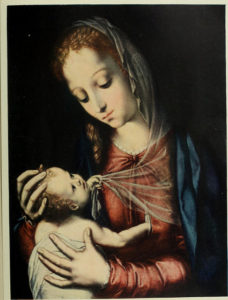


Phot by Internet Archive Book Images via Visualhunt
Museu Nacional d’Art de Catalunya (the National Art Museum of Catalonia) is currently running an exhibition called “El Divino Morales”, where 54 of his works will be on display for your viewing pleasure. The exhibition will remain open until September 25 and tickets are priced at only 6€, so don’t miss the opportunity to learn more about one of the greatest painters in the history of Spain.
How to get there – The Museum is located at Palau Nacional, in Parc de Montjuïc. To get there by Metro, take either the red (L1) or the green line (L3) and exit at Espanya. If you’d rather take the bus,numbers 13, 23, 27, 37, 46, 50, 91, 109, 150, D20, H12, H16 or V7 will get you there.
We hope you enjoyed learning about the story of Luis de Morales. Are you going to visit the exhibition? Let us know all about it using the comment box below. Have fun discovering Spain’s art and culture.
Looking for a place to stay in Barcelona? ShBarcelona is the answer.









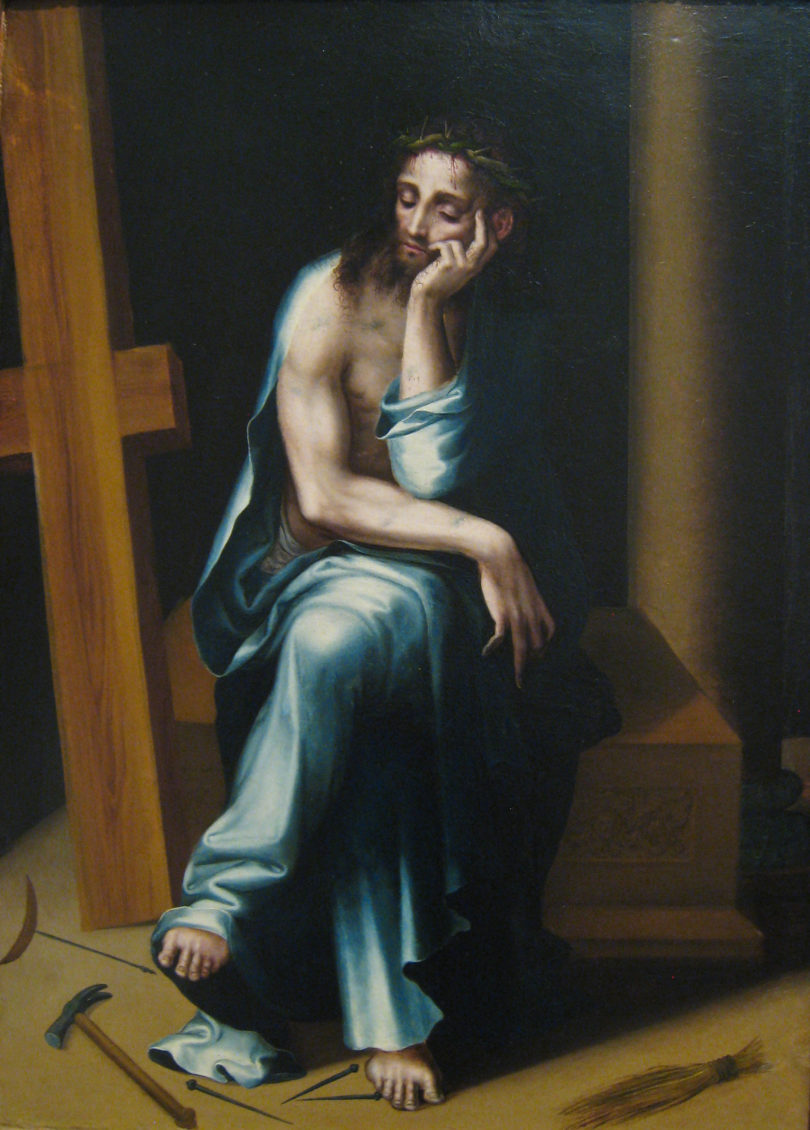


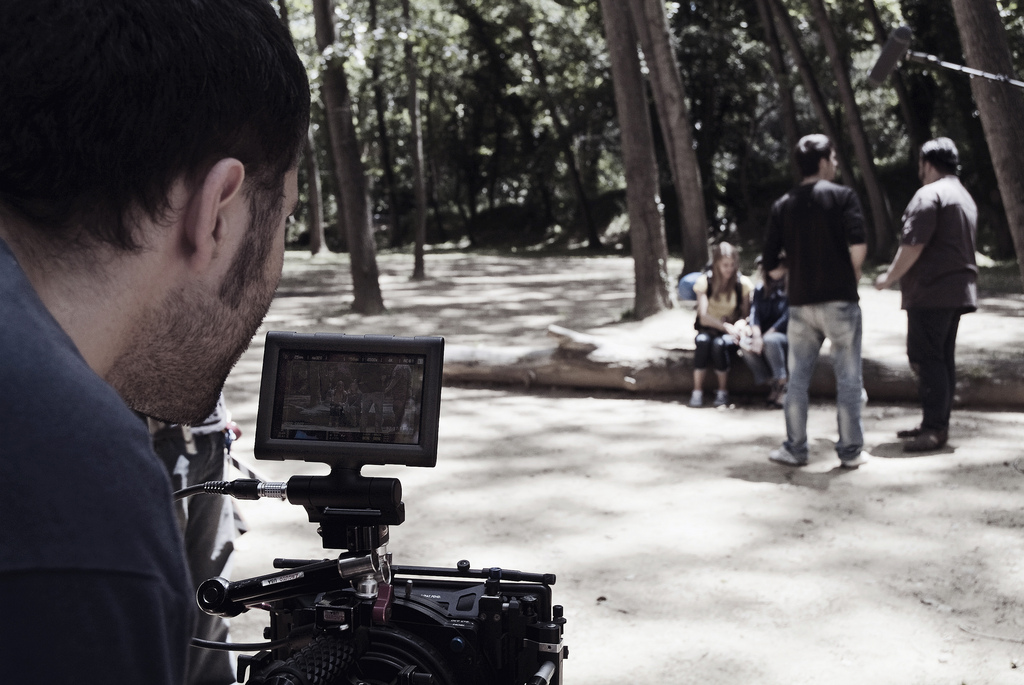





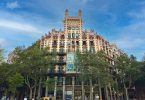
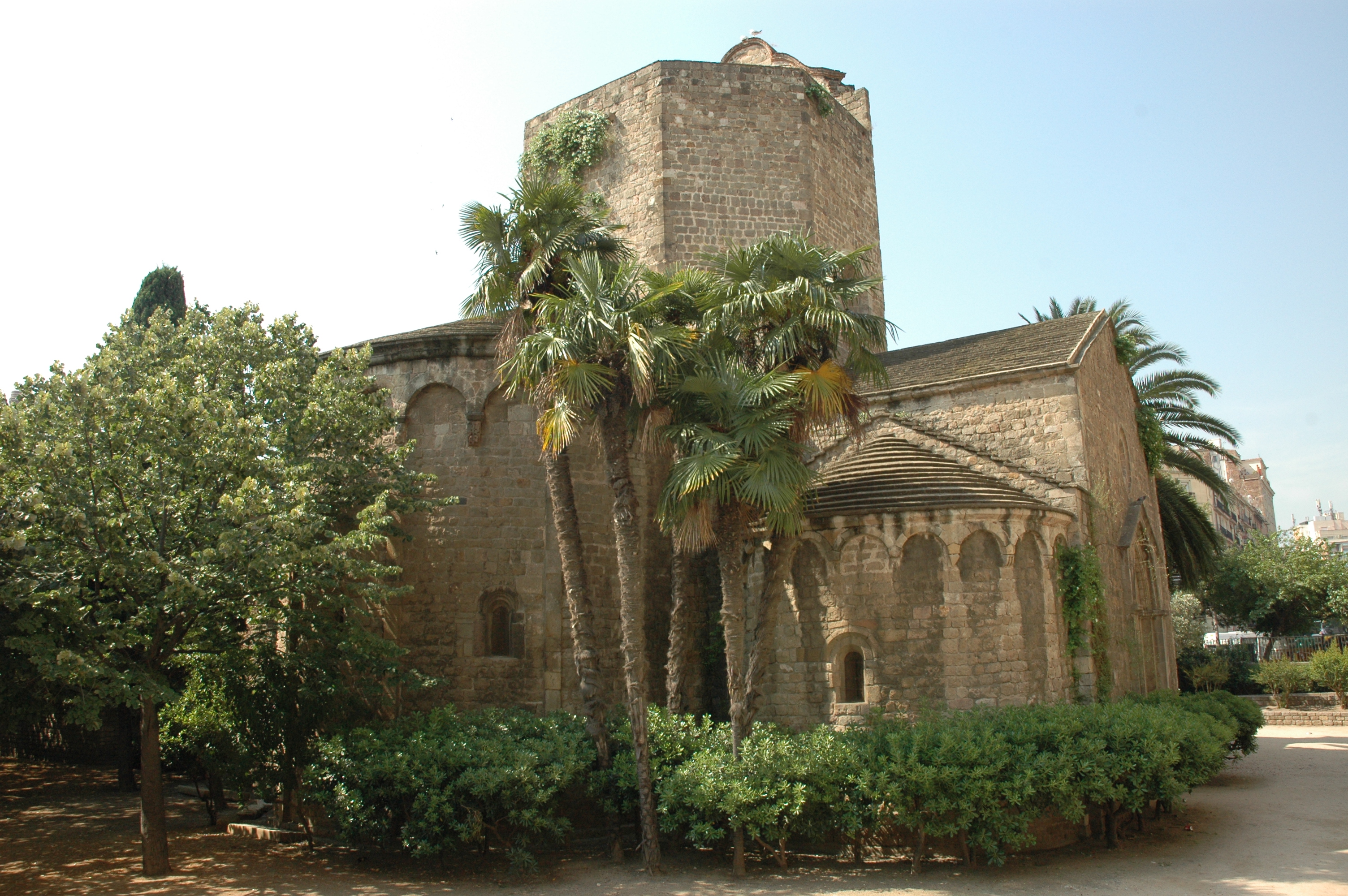

I have acquired a painting that looks like
A Morales piece
I have acquired a painting that looks like
A Morales piece. How do I go about having it studied.
Hello Edward. I would recommend taking the painting to an art appraiser. What does your piece look like?